Taking your puppy for a walk sounds simple, right? Just clip on a leash and go! But in reality, many new dog owners make common mistakes that can lead to pulling, fearfulness, or even unsafe situations.
The good news? With a few easy adjustments, you can turn every walk into a fun and stress-free experience for both you and your pup!

1. Using the Wrong Gear
One of the biggest mistakes is choosing the wrong leash or harness. A poorly fitted harness can cause discomfort, and the wrong leash can make walks harder than they need to be.
How to Fix It:
✔ Use a well-fitted, adjustable harness like the Dogistry Comfort-Fit Harness to prevent pulling and choking.
✔ Choose a high-quality leash, such as the Dogistry 3-in-1 Bungee Leash, for better control and shock absorption.
✔ Avoid retractable leashes for training—they encourage pulling and can be dangerous.
2. Not Letting Your Puppy Sniff
It’s tempting to keep moving and rush the walk, but sniffing is how dogs explore the world! If you’re constantly pulling your puppy along, they’re missing out on valuable mental stimulation.
How to Fix It:
✔ Allow designated sniffing breaks so your pup can explore safely.
✔ Use commands like “let’s go” to encourage movement after a sniff session.
✔ Walk in different environments to keep things interesting!
3. Pulling on the Leash (Both You & Your Puppy!)
If your puppy pulls, your instinct might be to pull back. But this can actually make things worse! Puppies learn that pulling gets them where they want to go, reinforcing the bad habit.
How to Fix It:
✔ Stop walking when your pup pulls—only move forward when the leash is loose.
✔ Use a no-pull harness like the Dogistry Luxe Step-In Harness for better control.
✔ Teach the “heel” command to encourage polite walking.
4. Not Practicing Leash Training Indoors First
Expecting your puppy to walk perfectly outside right away is like expecting a toddler to run a marathon! Puppies need practice in a controlled environment before heading into the big, distracting world.
How to Fix It:
✔ Start indoors or in the backyard with short, fun training sessions.
✔ Reward good leash behavior with treats and praise.
✔ Once they’re comfortable, gradually introduce busier areas.
5. Walking Too Far, Too Soon
Puppies have tons of energy, but they also tire quickly. Long walks can overwhelm young dogs and even lead to joint issues in large breeds.
How to Fix It:
✔ Keep walks short and positive—5 to 10 minutes for young puppies.
✔ Watch for signs of fatigue like lagging behind or sitting down.
✔ Gradually increase walking time as your puppy grows.
6. Ignoring Socialization Opportunities
Walks aren’t just about exercise—they’re a chance to socialize your puppy! But if they only walk the same route and never meet new people or dogs, they might become fearful or reactive.
How to Fix It:
✔ Expose your puppy to different sights, sounds, and surfaces (grass, pavement, sand).
✔ Allow calm, positive interactions with friendly dogs.
✔ Reward confident behavior to build a well-adjusted pup.
7. Getting Frustrated Too Quickly
Puppies are learning—they won’t be perfect right away! If walks feel chaotic, remember that patience and consistency are key.
How to Fix It:
✔ Stay calm and encouraging, even if your puppy is pulling or distracted.
✔ Use positive reinforcement—never punish mistakes.
✔ Celebrate small wins! Walking nicely for even a few steps is progress.

Final Thoughts: Making Walks Fun & Stress-Free
Walking your puppy should be an enjoyable bonding experience, not a struggle. By avoiding these common mistakes and using the right techniques, you’ll set your pup up for a lifetime of happy, well-mannered walks!
🐶 Ready for stress-free adventures? Check out Dogistry’s top-rated walking gear to make every walk smoother and safer!
💙 Happy Walking!











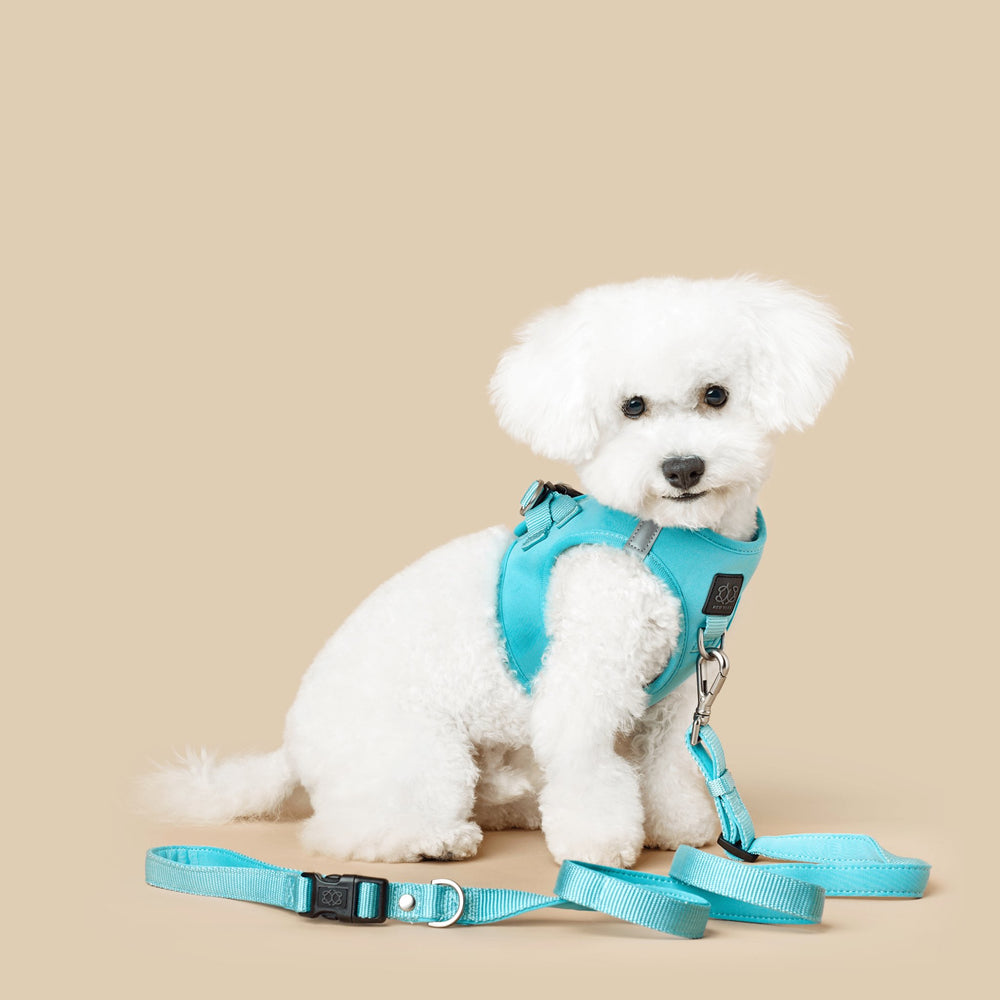
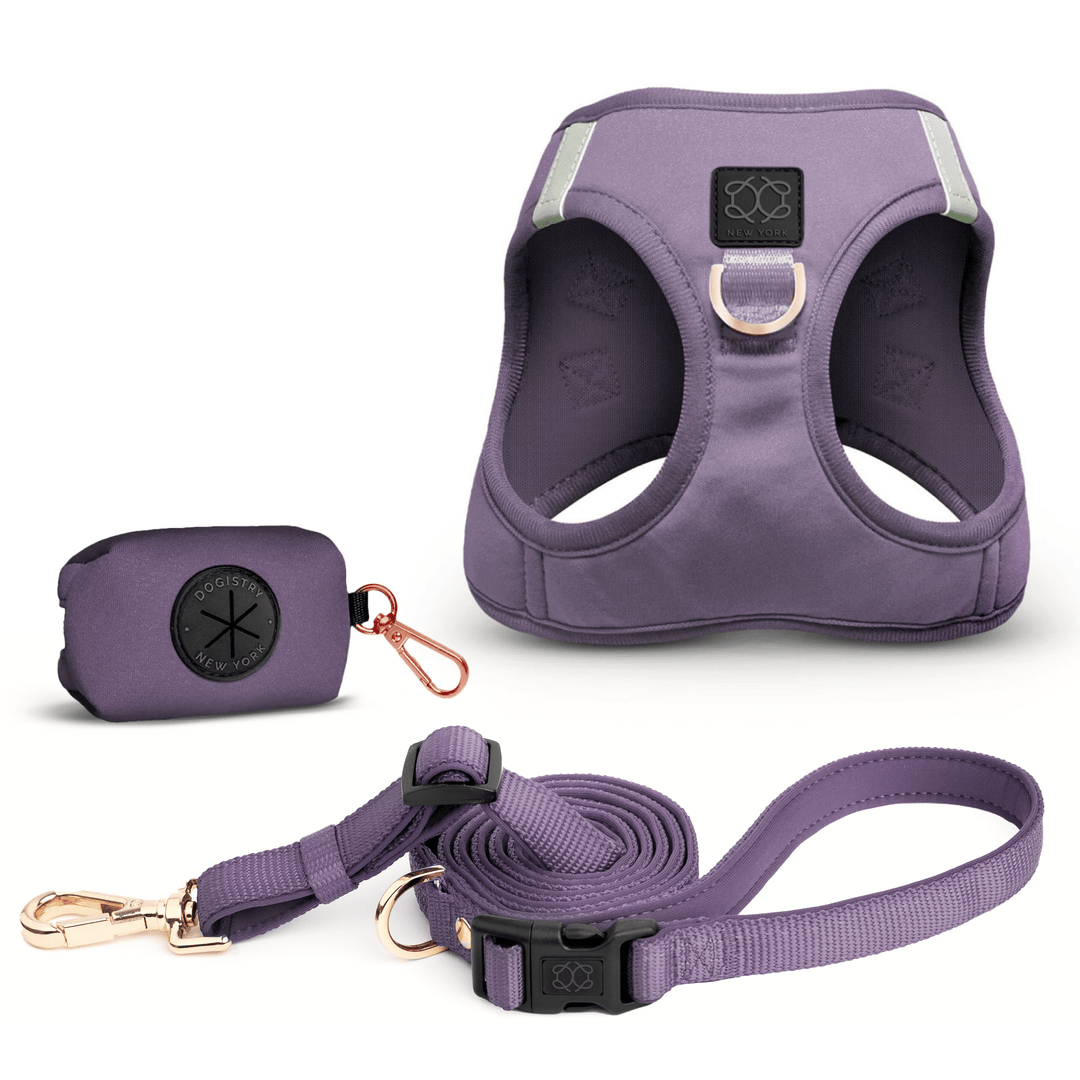
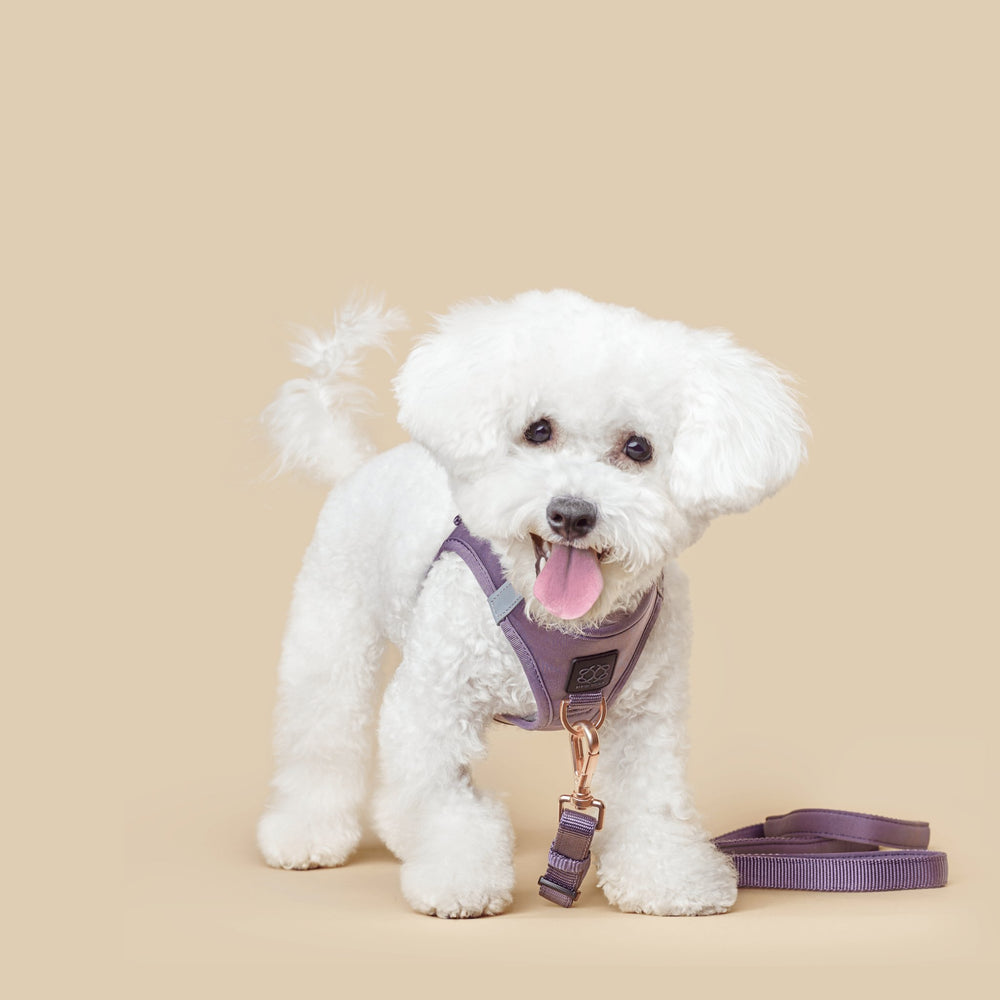
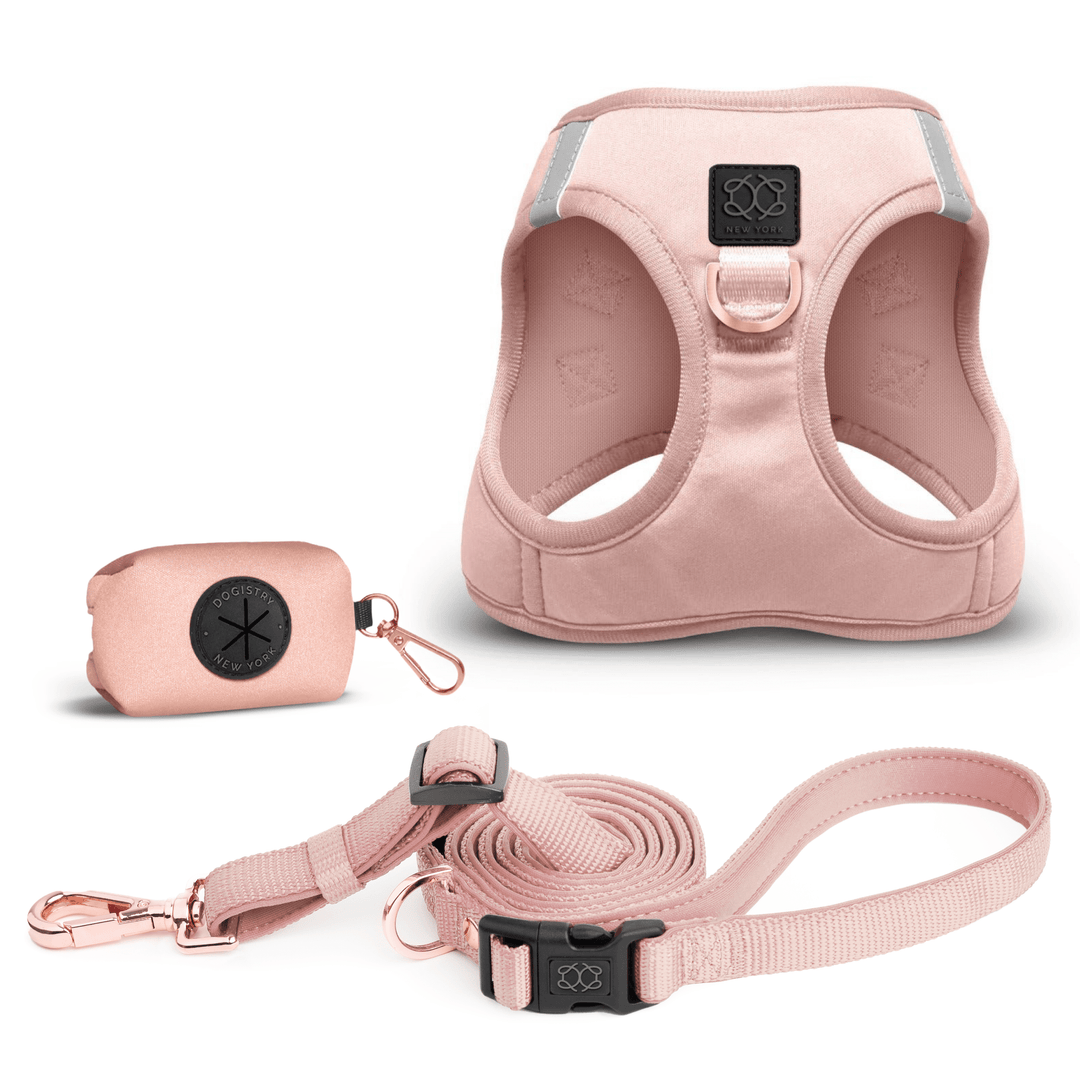
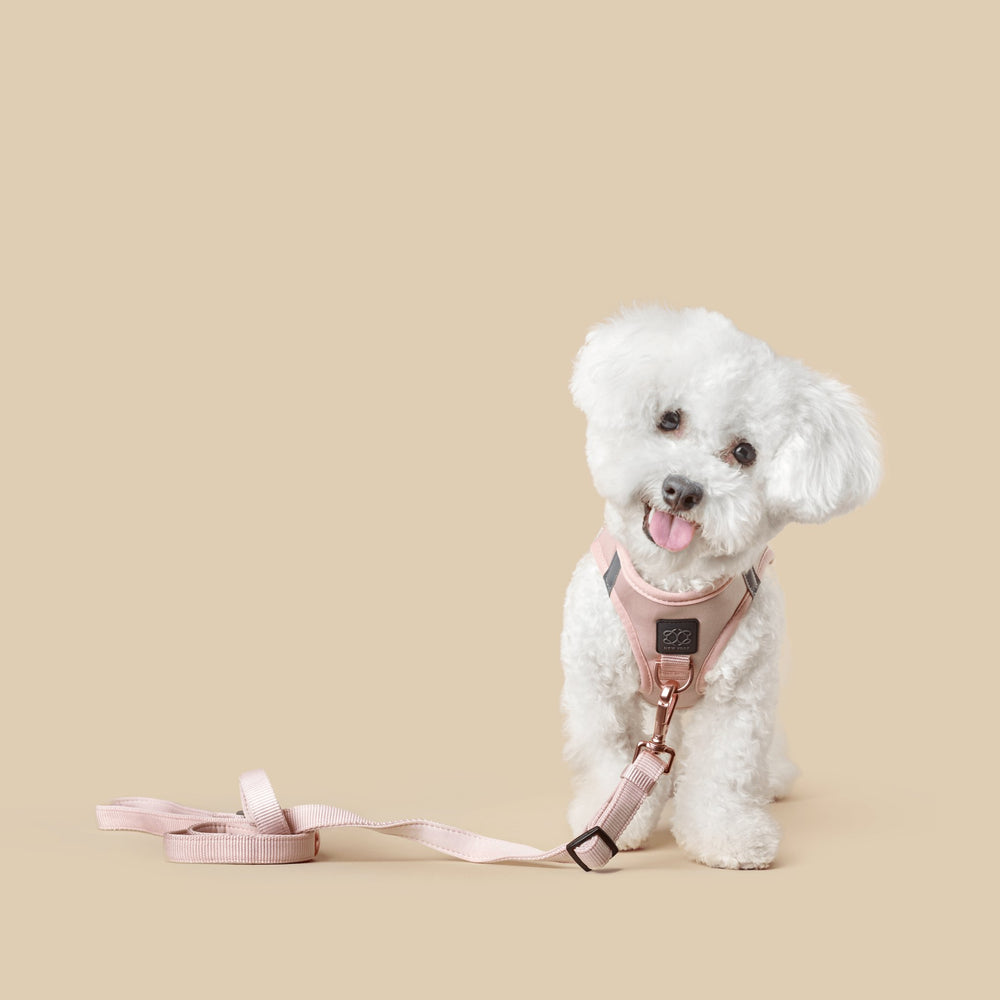


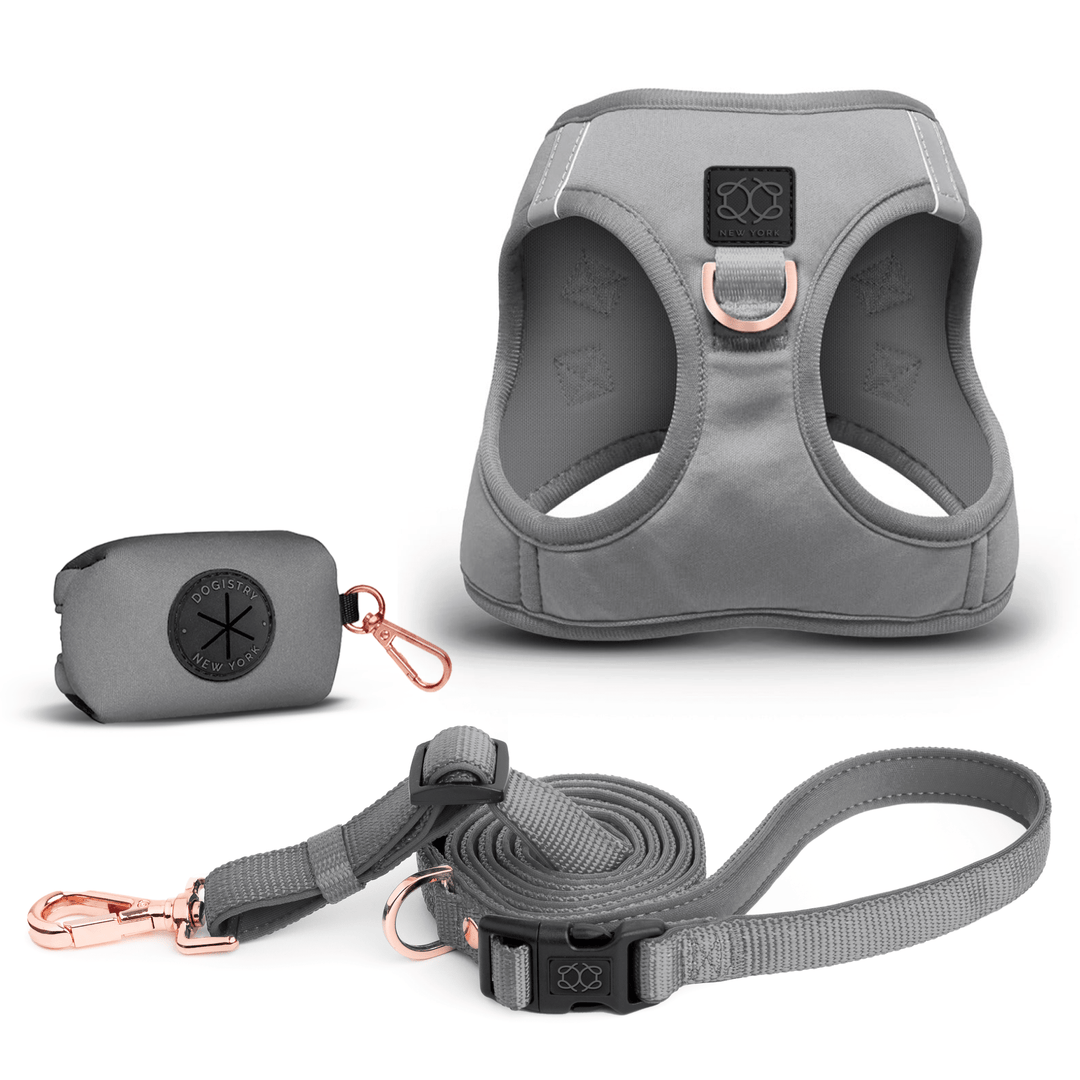



Leave a comment